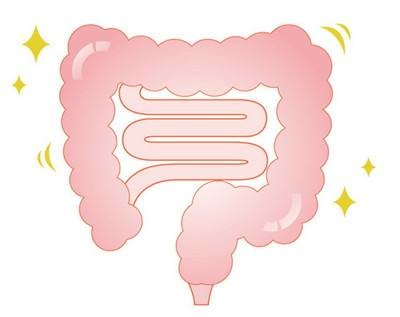Mucopolysaccharidosis type III?
summary
Mucopolysaccharide storage syndrome type III, also known as shanphilips syndrome, is an autosomal recessive hereditary disease. Its clinical features and biochemical abnormalities are different from those of type I and type II. It is characterized by a very serious degree of unresponsiveness, but a relatively mild systemic lesion. The difference with type I is that it does not look like Chengliu disease, dwarfism is not obvious, and there is no complication such as corneal opacity or heart disease. Elbow, knee joint has slight contracture, even if there is hepatosplenomegaly, also very slight. What about mucopolysaccharidosis type III?
Mucopolysaccharidosis type III?
Progressive mental retardation is the most prominent feature of the disease. Within one year after birth, the mental development is normal or only mildly backward. Mental retardation generally occurs at the age of 4-7, and is very serious at the age of 10. While the mental retardation gradually worsens, progressive neurological symptoms may appear, such as wind, excessive exercise, spastic quadriplegia, general weakness, aggressive behavior, etc, This is the most prominent symptom of the disease.

Only 1 / 4 of the patients showed short stature, most of the patients showed normal facial features, a few patients showed large head, ugly face, abdominal distention, progressive deafness, joint stiffness and claw like hand flexion, bone changes were only multiple osteogenesis imperfecta and dense and thickened parietal bone. These changes have a certain degree of specificity for the diagnosis of this disease, Hepatosplenomegaly was mild to moderate, with no corneal opacity and no cardiac involvement.

At present, there is no effective treatment. Various experimental treatments have been carried out, but the effect is uncertain. Glucocorticoid can inhibit the synthesis of mucopolysaccharide in mice, but the patient took prednisone 2 mg / kg every day without clinical effect. A large amount of vitamin A added to the cultured fibroblasts of mpsi-h and type II patients can make their metachromatic disappear. After one month to several months, the symptoms can be improved and the mucopolysaccharide excretion in urine can be increased, but it is insignificant compared with the amount of mucopolysaccharide deposited in the body. The application of vitamin C has no clinical effect. The use of thyroxine or growth hormone was also ineffective.

matters needing attention
Glutinous rice flour is a kind of food that is difficult to digest, which can easily lead to slow intestinal peristalsis and abdominal fullness. Raw garlic is an irritating food, which can easily lead to congestion and swelling, aggravate the disease, and is not conducive to the recovery of patients. Salted meat is rich in salt, easy to cause edema, water and sodium storage slip, aggravating the disease, is not conducive to the recovery of the patient's body.
















